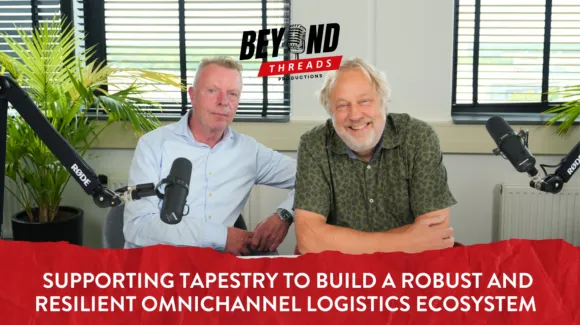Two approaches
When we looked at the ten pilots for our research four of them took to the “jump right in” approach, while the others slowly made their way into the pool.
Those that could jump right in either had strong leadership who said “make this happen” or there was a team that had a lot of autonomy or political capital within the company to executive on this.
For those who eased their way in, they had to use the pilot process to build social and political capital with leadership and demonstrate their idea.
Companies that could jump right in were quick to commit to a business model and begin setup, versus spending a lot of time deliberating on the options before committing at a smaller scale.
Regardless of the approach, both types of companies struggled with scaling and faced many of the same structural challenges in their pilots.
It is worth mentioning that we had one outlier. They launched their program and continued to refine it over time, such that it is an integrated part of their overall business.
The others experienced various challenges that pilots face. By looking at these we were able to identify themes and could organize them into learnings for others to take note of and address.
What makes a good pilot?
It is helpful to understand what is required for a successful pilot.
- Clear Objectives: Define specific, measurable, achievable, relevant, and time-bound (SMART) objectives for the pilot to provide a clear sense of purpose and success criteria.
- Target Audience: Carefully select a representative group or audience that closely mirrors the intended users or beneficiaries of the full-scale project.
- Data Collection and Analysis: Establish robust data collection methods, and employ data analytics tools to gather relevant insights, enabling data-driven decision-making.
- Feedback Mechanism: Create a structured feedback loop that encourages pilot participants to report issues, provide suggestions, and share observations throughout the program's duration.
- Adaptability: Be flexible and prepared to adapt based on the findings and feedback from the pilot. A willingness to make changes is essential for program success.
- Evaluation: Data and feedback collected during the pilot phase are rigorously analyzed to inform decisions for broader implementation.
- Scale: take the learnings from the evaluation and momentum to roll out a scaled version.
The pilot process should be clearly structured with metrics and goals and also open to discovery and adaptation during the pilot time period.
In this case, the pilots centered around brands who were looking at taking on resale as a part of their corporate business strategy.
“The flaw brands make is mistaking the pilot as the finish line.”
Download the power of pilot projects to scale circular fashion eBook.
















